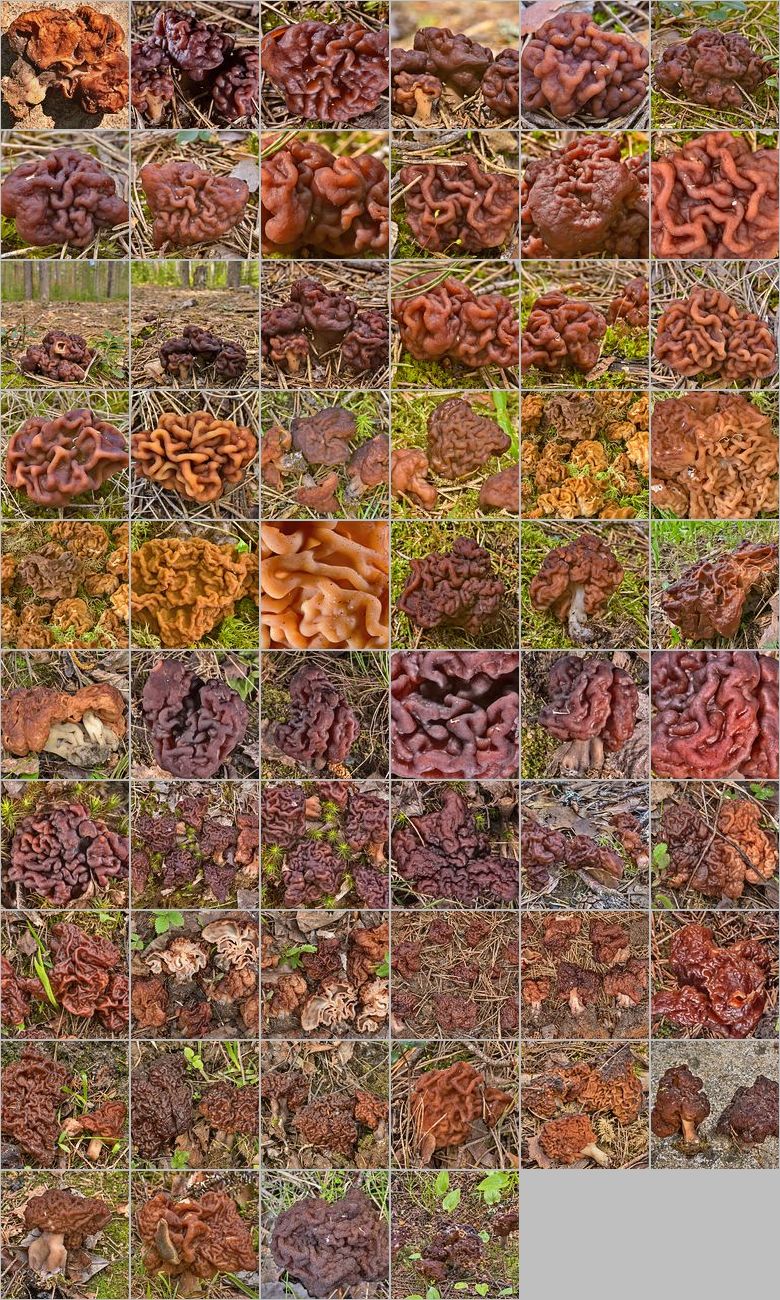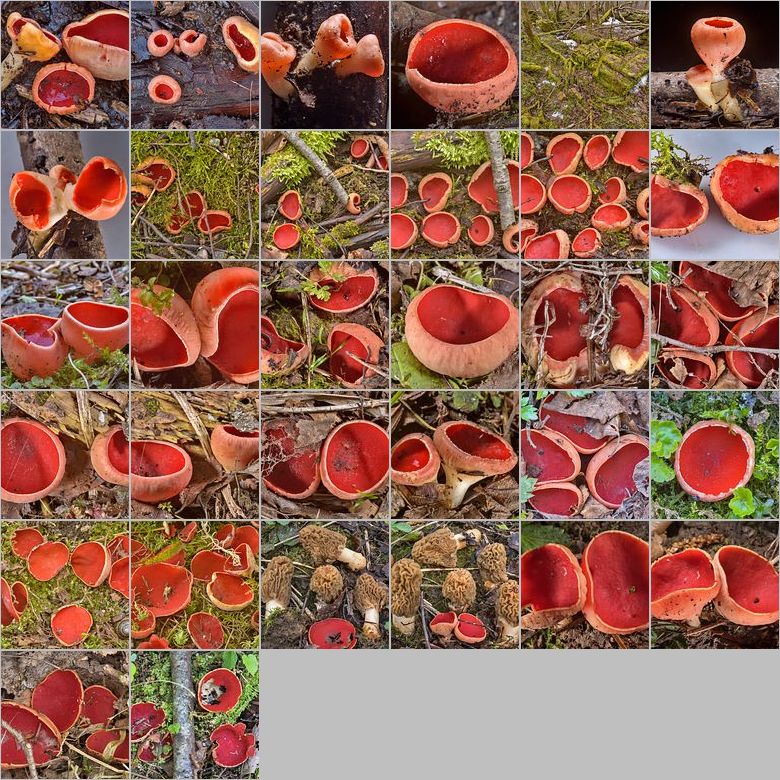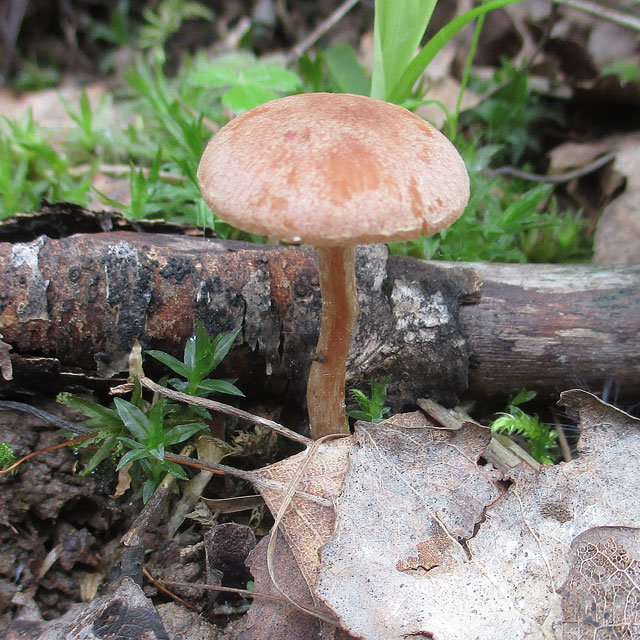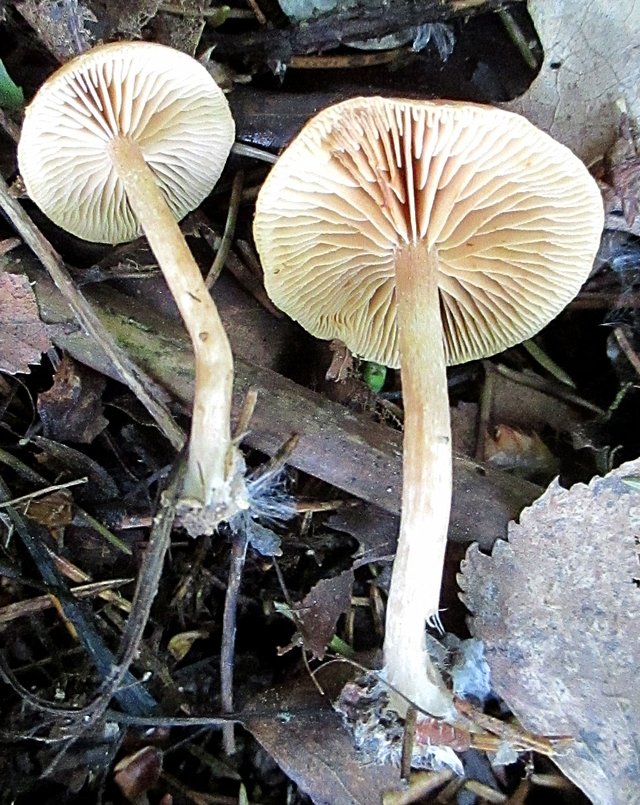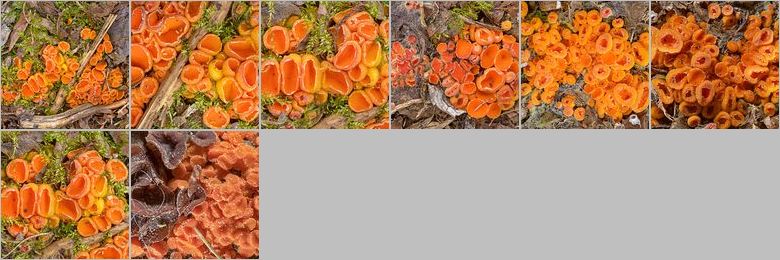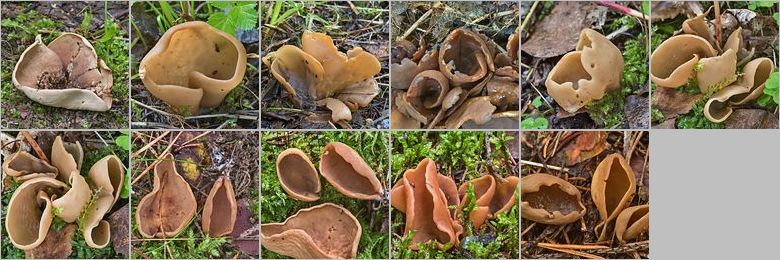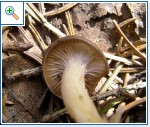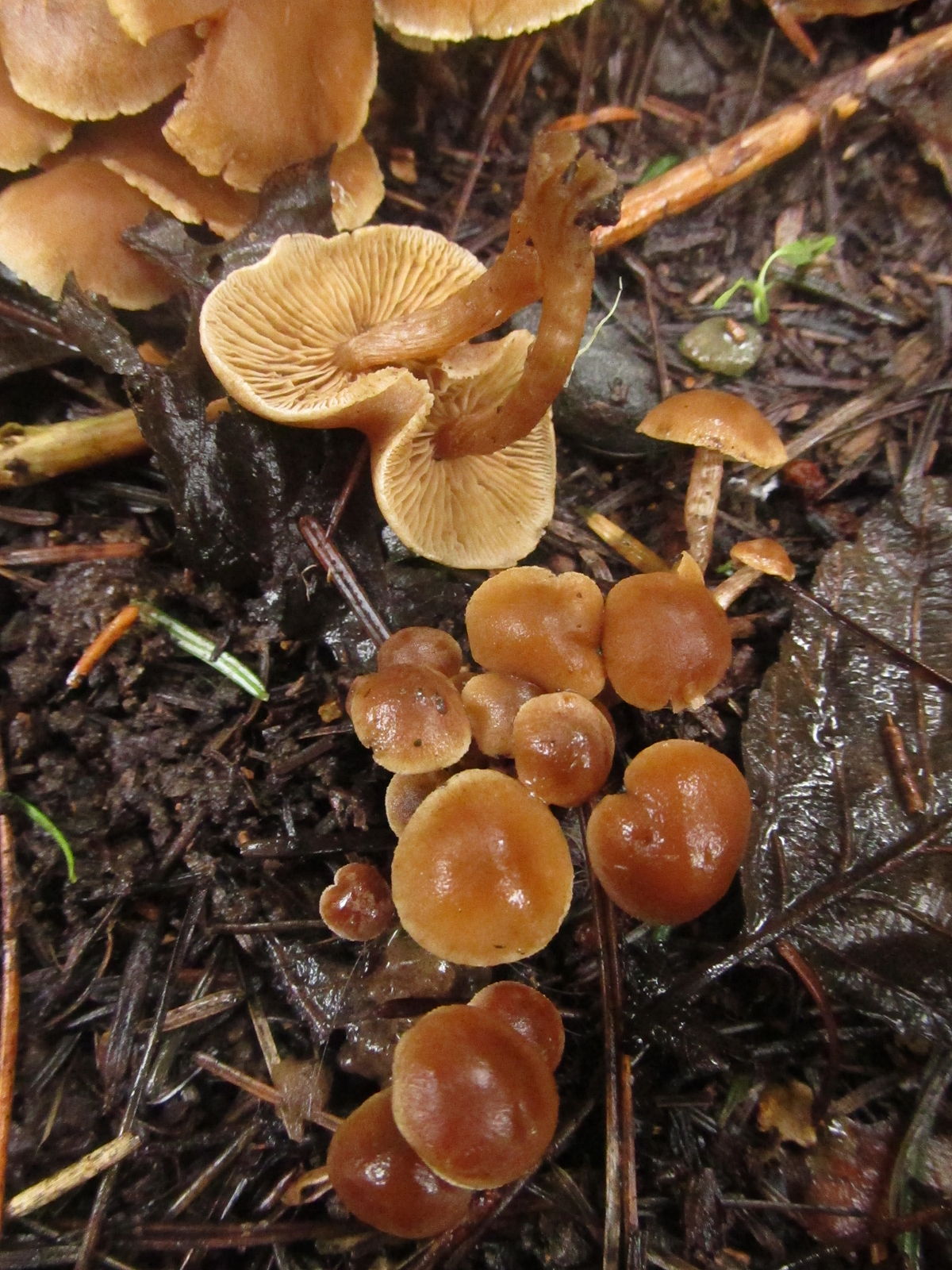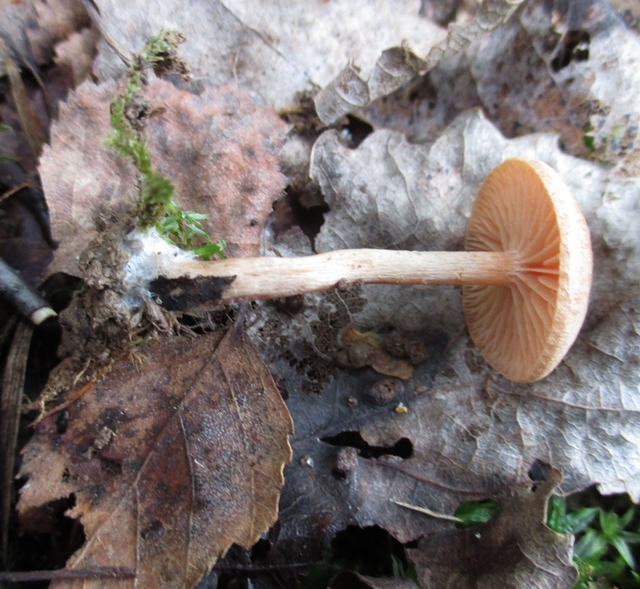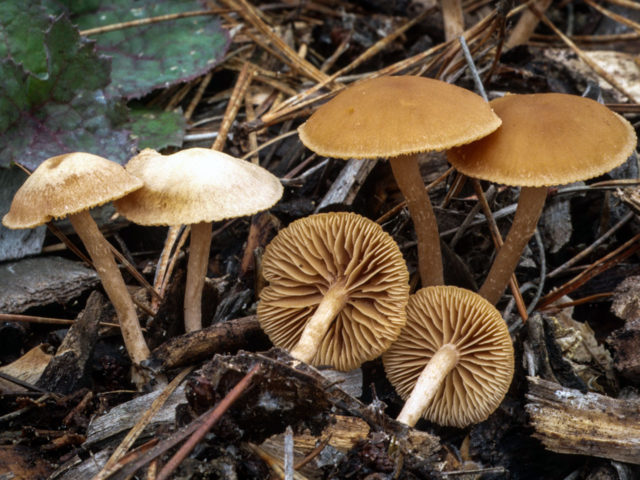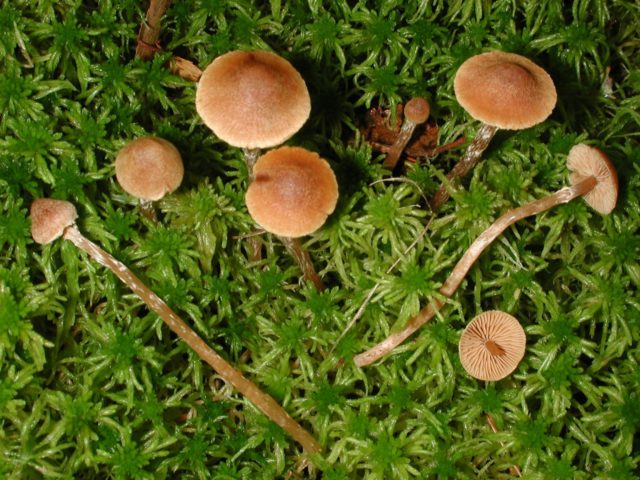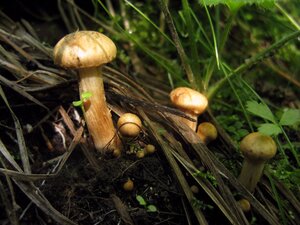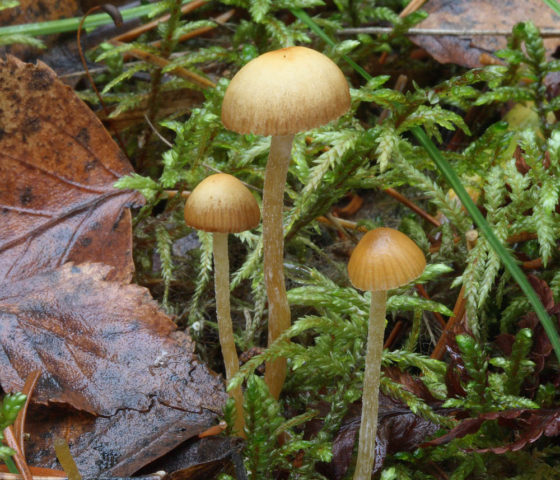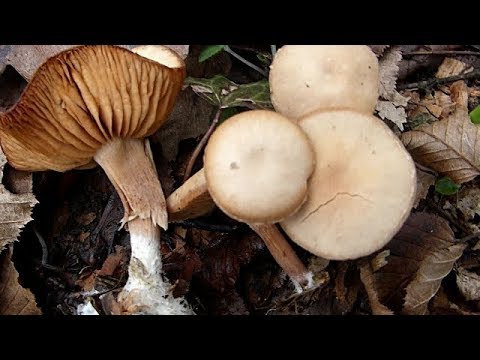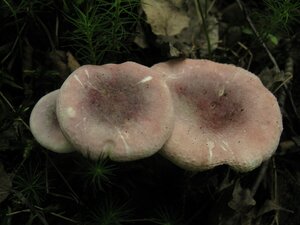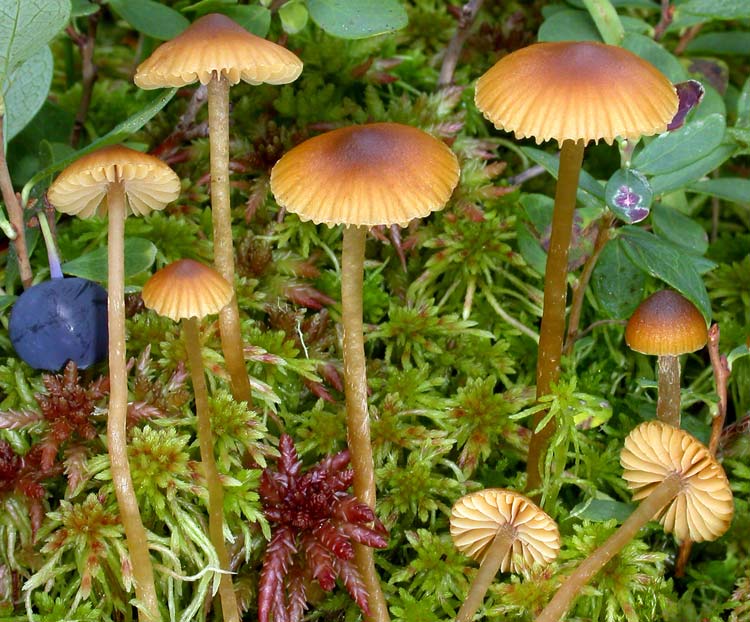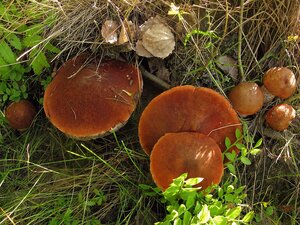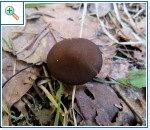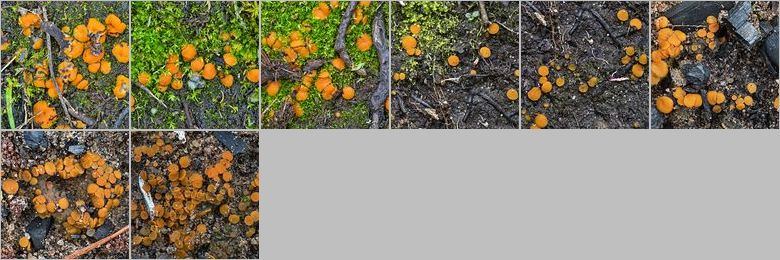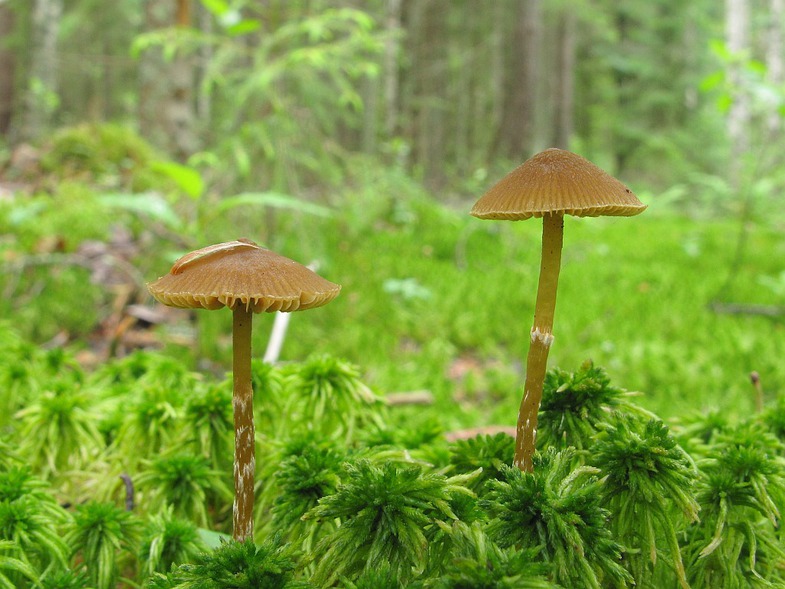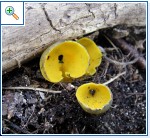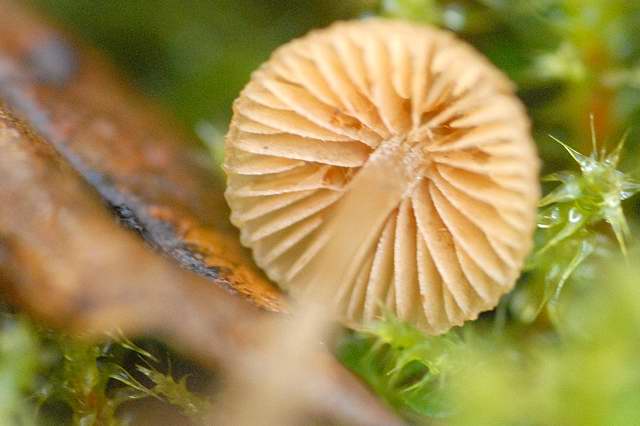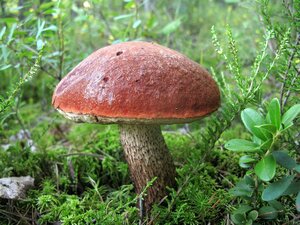Sprinkled science (Naucoria subconspersa) how it looks, where and how it grows, edible or not
Sprinkled science: photo and description
| Name: | Sprinkled science |
| Latin name: | Naucoria subconspersa |
| View: | Inedible |
| Synonyms: | Alnicola subconspersa |
| Systematics: |
|
Sprinkled Science (Alnicola or Naucoria subconspersa) is a lamellar mushroom of the Hymenogastric family. Does not represent nutritional value, the species is not included in any of the four categories, inedible. It grows throughout the territory of the climate of temperate latitudes, forms small groups.
How sprinkled science looks like
Sprinkled science creates a tiny light brown fruiting body. It acquired the specific name because of the surface with the roughness of the cap, it is covered with very small scales.

The color of the fruiting body will be much more light or dark depending on where it grows.
Description of the hat
The sprinkled science is very small, the diameter of the cap rarely exceeds 5 cm. The shape depends on the stage of development:
- at the initial stage, the cap is rounded, convex;
- at an older age - prostrate, with concave edges;
- the color palette is not monochromatic, the main part is covered with paint darker, and the edges are lighter;
- the surface is hygrophilous, the places of fastening of the plates are determined;
- at the beginning of growth it has a veil, the remains are visible along the edge in the form of uneven and torn parts, by the time of adulthood the veil disappears completely.
The plates are large, long and short, infrequently placed. The color of the lower part of the cap is light beige, does not stand out from the color of the surface. The border between the peduncle and the lamellar layer is clear. The pulp is yellow or light brown, brittle, thin, very watery.
Leg description
The leg of the sprinkled science is thin, cylindrical, and grows up to five centimeters.
The structure is fibrous, hygrophane, hollow. The surface is light yellow or beige, covered with very small scales in the form of a bloom. The presence of mycelium is clearly established below, which forms a white seal.
Where and how it grows
Science is growing sprinkled in the European and central parts of Russia, colonies are found in the Moscow region, the Leningrad region. It is rare in the south. Placed in small groups on rotten leaves or sandy soil
An important requirement for growth is increased soil moisture. The main accumulation is on wetlands in the shade or partial shade
The species is common in all types of forests, often found near aspen or alder, less often located near willow or coniferous trees. Fruiting - from mid-summer to the first cold weather.
Eat a mushroom or not
Sprinkled science does not belong to any category in terms of nutritional value. No toxicity information available. Fruit bodies with thin, tasteless and watery flesh, unattractive. The appearance of the mushroom raises doubts about its edibility; it is better not to collect such forest fruits.
Doubles and their differences
Similar in appearance to the sprinkled science of sprinkled chubby tubaria.
Very small, bright brown, the diameter of the cap is 2-3 cm. It grows singly or in several pieces, does not form colonies. Placed on wooden remains. Fruiting - from spring to autumn. The fungus does not arouse interest due to its small size and thin fragile fruiting body. Refers to inedible.
Galerina sphagnum is a similar mushroom, it is classified as inedible. It has no nutritional value, but there are toxic representatives in the family, so it is not worth collecting sphagnum gallerina.
The double is distinguished by the shape of the cap, it is more sloping and rounded, with an oily surface, and the science of science has a fine-flaked film for protection. The cap is small in relation to the leg, the latter is elongated and long.
Marsh gallerina is a lamellar, small, inedible mushroom. The chemical composition of the fruiting body contains poisonous compounds that pose a danger to human life.
Outwardly, it is very similar to sprinkled science. It is distinguished by its small size, long stem and the presence of a conical bulge in the very center of the cap. Grows on mosses of wetlands, acidic soils. Fruiting - from June to September.
Conclusion
Sprinkled science - a small mushroom with a watery transparent fruiting body. Grows in small groups in mixed forests, on a moss bed or in sandy soil. Fruiting from June to October, has no nutritional value.
Sprinkled science
Description
A hat with a diameter of 2-4 (up to 6) cm, convex in youth, then, with age, prostrate with a lowered edge, then flat, prostrate, possibly even slightly curved. The edges of the cap are even. The cap is slightly translucent, hygrophane, stripes from the plates can be seen. The color is light brown, yellow-brown, ocher, some sources associate the color with the color of ground cinnamon. The surface of the cap is fine-grained, fine-flaked, because of this it seems as if powdered.
The bedspread is present at a very early age, until the size of the cap does not exceed 2-3 mm, the remains of the bedspread along the edge of the cap can be found on mushrooms up to 5-6 mm in size, after which it disappears without a trace.
In the photo there are young and very young mushrooms. The diameter of the smallest cap is 3 mm. The veil is visible.
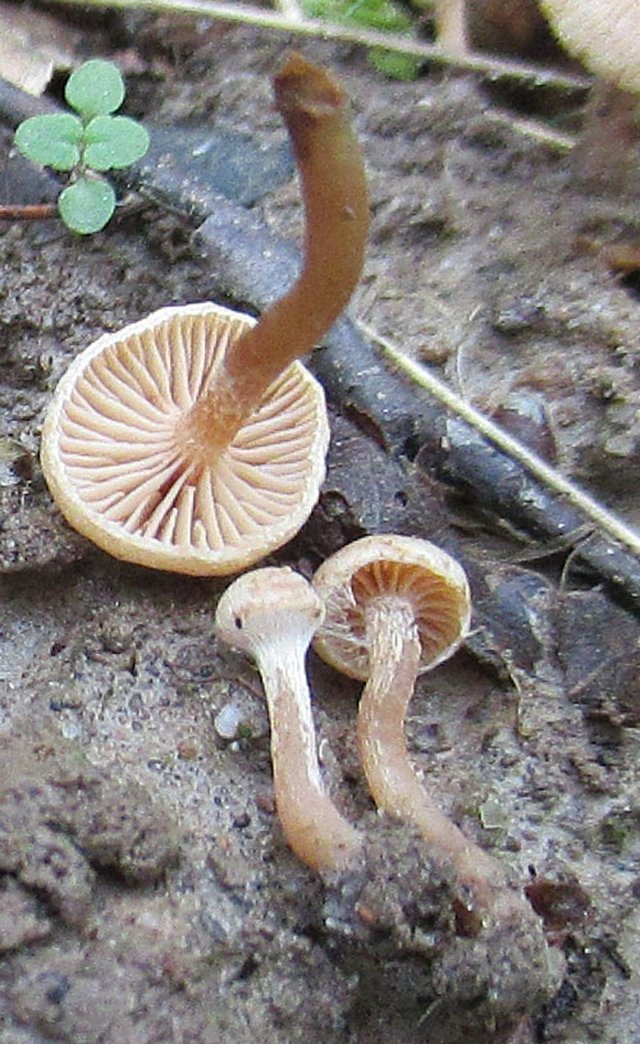
The leg is 2-4 (up to 6) cm high, 2-3 mm in diameter, cylindrical, yellow-brown, brown, watery, usually covered with a finely scaly bloom. Litter (or soil) grows from below to the leg, sprouted with mycelium, resembling white cotton wool.
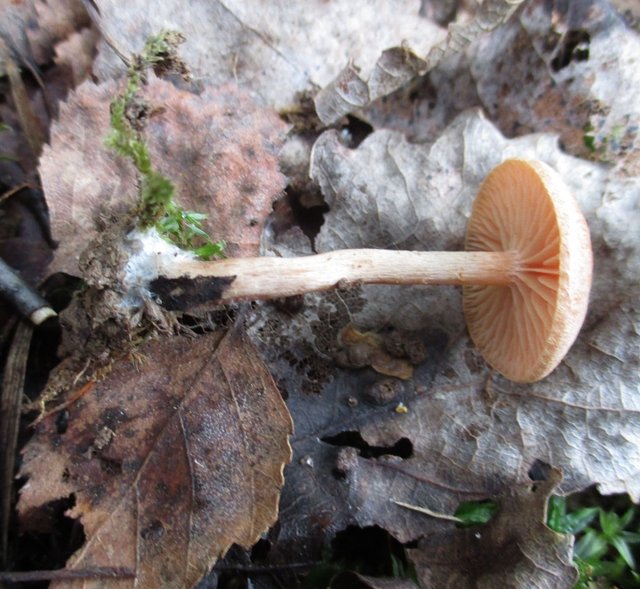
The plates are not frequent, adherent. The color of the plates is similar to the color of the pulp and cap, but with age, the plates turn brown more. There are shortened plates that do not reach the stem, usually more than half of all plates.
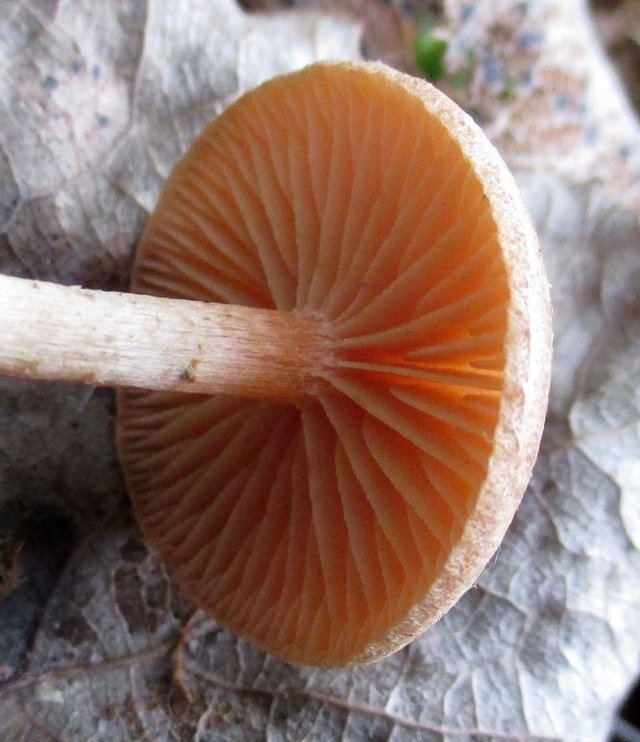
The pulp is yellow-brown, brown, thin, watery.
The smell and taste are not pronounced.
The spore powder is brown. The spores are elongated (elliptical), 9-13 x 4-6 μm.
Habitat
It inhabits from early summer to late autumn in deciduous (mostly) and mixed forests. Prefers alder, aspen. It was also noted in the presence of willow and birch. Grows on litter or soil.
Similar species
Tubaria furfuracea is a rather similar mushroom. But it is almost impossible to confuse, since tubaria grows on wood debris, and science grows on the ground or litter. Also, in tubaria, the veil is usually more pronounced, although it may be absent. Science can only find it in very small mushrooms. Tubaria appears much earlier than science. Science of other kinds - all science are very similar to each other, and often they cannot be distinguished without a microscope. However, the sprinkled one is distinguished by the surface of the cap, covered with fine granularity, finely flaked. Sphagnum galerina (Galerina sphagnorum), as well as other gallerins, for example, Galerina marsh (G. Paludosa) - in general, it is also quite similar mushroom, like all small brown mushrooms with adherent plates, but gallerins are distinguished by the shape of the cap - similar gallerins have a dark a tubercle, which science usually does not have. Although, darkening towards the center of the cap in science is also quite common, but a tubercle is not a frequent occurrence, when it is obligatory for gallerinas, then science can rarely be, rather as an exception to the rule, and if there is, then not everyone, even in one family. Yes, and gallerinas have a smooth hat, while these sciences have fine-grained / small-scaled ones.
Edibility
Edible is unknown. And hardly anyone will check it, given the similarity with a large number of obviously inedible mushrooms, a nondescript appearance and a small amount of small fruit chalk.
Paneolus moth (Panaeolus papilionaceus)
Synonyms:
- Agaricus papilionaceus
- Coprinus papilionaceus
 External description
External description
Hat: the cap of the mushroom is 1.5 to 4 cm in diameter. It has a blunt conical shape, which becomes bell-shaped during the maturation of the mushroom. At the edges, the cap is first slightly bent inward, then straightened. The surface of the cap is decorated with scaly fragments of a white bedspread. The fragments have a ragged triangular shape. With age, the fragments of the bedspread become almost invisible. The surface of the cap is smooth and dry; in rainy weather, the cap becomes slightly sticky. The surface is gray-brown or olive-brown in color. The tubercle can be yellowish brown or reddish brown. As the mushroom matures, the cap becomes lighter.
Blades: Wide, narrowly spaced, pale gray blades with a mottled marble surface may be adhered to the peduncle. Sometimes the plates separate from it and become free. On the edges of the plate are lighter in color. With age, they can turn black, since the spores from which they grow are black.
Leg: leg length from 6 to 12 cm. Thickness - from 2 to 4 cm. The stem of the mushroom is thin and brittle, hollow inside. Almost the same along the entire length, but sometimes it can expand at the bottom or top. The surface of the leg is striped in the upper part. In youth, the leg is covered with a whitish bloom. The leg is gray-brown in color. When pressed, the color becomes darker. In places, the leg is covered with thin filmy fibers of white color, which are practically invisible. These fibers form fragments on the surface of the cap.
Spores: smooth, elliptical. Spore powder: black.
Flesh: The thin flesh is grayish or leathery brown in color. The pulp does not have a distinct odor. The flesh of the leg is darker in color.
Spreading
Paneolus moth (Panaeolus papilionaceus) is found in pastures or on decayed grass. Grows in small groups in horse or cow manure. Sometimes it occurs singly, but rarely. The fruiting period is from spring to autumn.
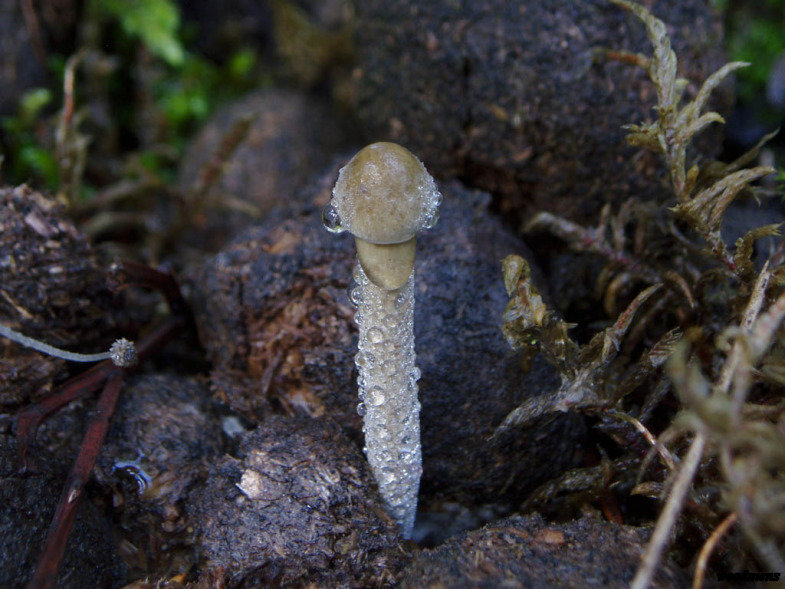
Edibility
There is no information about the edibility of the mushroom, but it is not recommended to eat it, since it is possible that the mushroom contains a toxic substance - weakly concentrated psilocybin, which has moderate hallucinogenic properties. Some sources indicate this mushroom as poisonous.
Similarity
The genus Panaeolus is described differently in each source, there are many different combinations. Be that as it may, Panaeolus moth is easy to distinguish by its size, the rest of the dung beetles are much smaller in stature.
Remarks
Paneolus moth (Panaeolus papilionaceus) is a surprisingly regular and large mushroom. It grows in dense grass, but at the same time it has an even, straight shape. It is his correctness that distinguishes him from other similar species.

